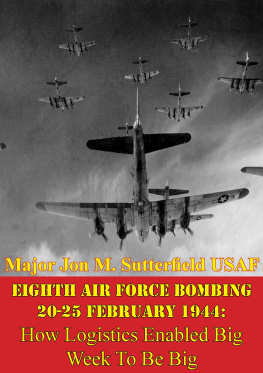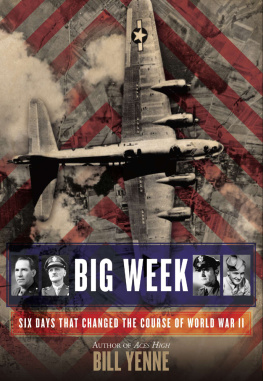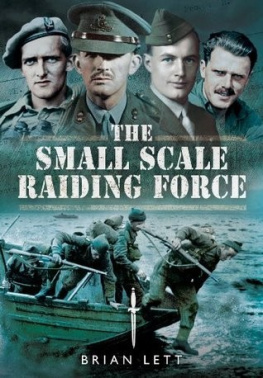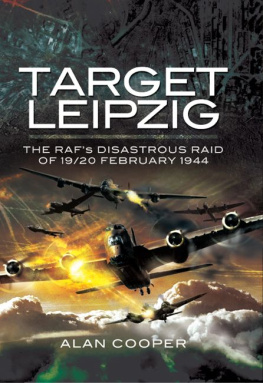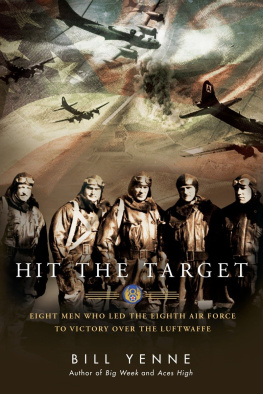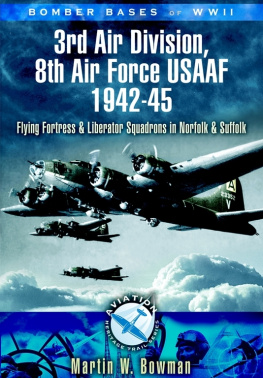

This edition is published by PICKLE PARTNERS PUBLISHINGwww.picklepartnerspublishing.com
To join our mailing list for new titles or for issues with our books picklepublishing@gmail.com
Or on Facebook
Text originally published in 2000 under the same title.
Pickle Partners Publishing 2015, all rights reserved. No part of this publication may be reproduced, stored in a retrieval system or transmitted by any means, electrical, mechanical or otherwise without the written permission of the copyright holder.
Publishers Note
Although in most cases we have retained the Authors original spelling and grammar to authentically reproduce the work of the Author and the original intent of such material, some additional notes and clarifications have been added for the modern readers benefit.
We have also made every effort to include all maps and illustrations of the original edition the limitations of formatting do not allow of including larger maps, we will upload as many of these maps as possible.
EIGHTH AIR FORCE BOMBING 20-25 FEBRUARY 1944: HOW LOGISTICS ENABLED BIG WEEK TO BE BIG
by
Jon M. Sutterfield, Major, USAF
TABLE OF CONTENTS
Contents
TABLES
Table 1: VIII Air Force Service Command Production Comparison
ACKNOWLEDGEMENTS
I would like to thank my wife Judy for her steadfast patience with me. I also want to thank the staff of the Air Force Historical Research Agency and the Air University Library for their professionalism and support. Finally, I am grateful to Dr. Rich Muller for his guidance and his sincere interest in the operational art of logistics.
ABSTRACT
Eighth Air Force (8AF) conducted the USs first thousand-bomber raids against Germany in February 1944recorded in history as Big Week. Until that time the United States Army Air Forces (USAAF) was not able to concentrate such firepower on the enemy in such a short period of time. It took much effort to make Big Week big covering the spectrum of planning and execution activities dating back to the end of World War I that were adapted and flexed to be successful in a different context. Indeed, the depth and breadth of the preparations required to successfully execute Big Week on the scale intended is deserving of a closer examination.
Sources include books and periodicals from the Fairchild Library and the Air Command and Staff College curriculum as well as several primary source documents from the archives of the Air Force Historical Research Agency. Information from 1918 through 1947 was reviewed and analyzed in order to produce a thorough review of the components within the operational art element of logistics and the contextual elements that influenced preparations for and execution of Big Week.
Leadership from President Roosevelt to first line supervisors influenced 8AF logistics before February 1944. Major General Hugh J. Knerr was the one man that stood out as the champion of USAAF logistics. He influenced the concept of logistical operations in the European Theater of Operations (ETO) and, more specifically, put logistics on a level of importance equal to that of operations within the United States Strategic Air Forces (USSTAF). He synchronized logistics with operations and strove for constant improvement by making organizational and process changes aimed at increasing logistical responsiveness, effectiveness, and efficiency.
Many others made important contributions to 8AF logistics capability. The British provided tremendous host nation support including construction of new airfields, skilled and unskilled labor support, supply items, and transportation. The British host nation support 8AF received far surpassed what a cursory review of World War II history leads one to believe and serves as a model for US-led coalition operations in the 21st century. The US Merchant Marine and US Navy provided sealift of goods from the stateside depots to the theater. The US Army provided supply support of common items and Air Service Command (ASC) provided technical and supply support. Last, but not least, both civil servants and civilian contractors provided depot maintenance and in-theater technical support.
Reflecting on what was learned from the experiences associated with preparing for Big Week has served to reinforce the fact that logistical preparation and sustainment was a complex, ever-changing, brute force undertaking from which many lessons were learned.
PART 1INTRODUCTION
If any indisputable logistic lesson can be drawn from World War II, it is that in any major war involving industrial powers, no nation can hereafter emerge victorious without substantial and sustained superiority over its enemy in the quality and the quantity of its weapons and supporting equipment. Maj Gen O. R. Cook, USA
The objective of Big Week was to defeat the Luftwaffe by destroying its means to continue the war and thus gain air superiority before Operation Overlord.
The performance of 8AF and AFSC logisticians was critical to mounting such a big operation. Preparation including industrial mobilization, unit build-up and bed down, stateside logistic support facility expansion and modernization, training and equipping of personnel, and organization of air logistics activities to support operations on a scale the US had never before experienced was necessary for Big Week to occur when it did. Much of the planning, preparation, and execution of 8AF bombing operations was subject to uncertainties that made logistics support difficult and required improvisation.
This discussion will center on the logistical planning, preparation, and operations in the US and the United Kingdom (UK) that affected 8AF and enabled it to initiate and sustain such big bombing raids. The dedication of US Army, US Army Air Forces (USAAF), RAF, US Navy, merchant marine, contractor personnel, and elected officials to effective logistics functions contributed to make 8AF more potent during Big Week than ever before. Examination of the evidence will make it clear that the organizational and process developments which yielded logistical support improvements prior to Big Week was what gave 8AF the ability to initiate and sustain such big operations.
PART 2THE FOUNDATIONS OF EIGHTH AIR FORCE LOGISTICS
Armies do not go out and have a fight and one guy wins and the other loses and the winner takes all. Throughout history victorious commanders have been those that knew logistics when they saw it. Before any plans can be made to provide an army, logistics must be provided first. History has changed a lot, but logistics has been the crux of every one of these changes; the nail that was missing which lead to the loss of a country lead to a lot of those decisions. Maj Gen Hugh J. Knerr, USAAF
The evolution of a myriad of civil, civil-military, and military organizations, coupled with industrial mobilization planning and implementation, greatly influenced 8AFs logistical capacity, capabilities, and ability to sustain flying operations. The abilities and talents of their leaders were key to the efficiency and effectiveness of these organizations contributions to the planning and execution of industrial mobilization. Many civilian and military leaders had concepts of how mobilization should be prioritized. Military industrial mobilization plans were created in isolation so were not a reflection of the civilian leaderships expectations and desires and the activities of military leadership were often directly conflicted with the efforts of the responsible civilian-led organizations. As plans and organizations to oversee mobilization evolved, much of the logistical foundation was laid that would permit 8AF to execute Big Week. Thus, review and analysis of these plans and organizations that were precursors to and supporters of 8AF logistics is important. The Big L: American Logistics in World War II , edited by Alan L. Gropman, offers a detailed accounting of the many organizations that served as the foundation of logistics in WWII, so this work will just quickly review some of the more important highlights that affected 8AF logistics.
Next page
